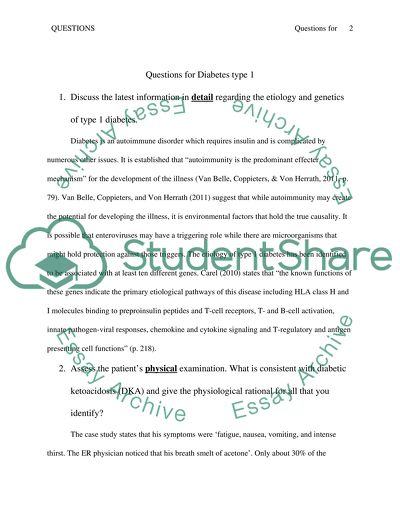Cite this document
(“Diabetes Case Study Example | Topics and Well Written Essays - 3000 words”, n.d.)
Retrieved from https://studentshare.org/health-sciences-medicine/1401101-diabetes
Retrieved from https://studentshare.org/health-sciences-medicine/1401101-diabetes
(Diabetes Case Study Example | Topics and Well Written Essays - 3000 Words)
https://studentshare.org/health-sciences-medicine/1401101-diabetes.
https://studentshare.org/health-sciences-medicine/1401101-diabetes.
“Diabetes Case Study Example | Topics and Well Written Essays - 3000 Words”, n.d. https://studentshare.org/health-sciences-medicine/1401101-diabetes.


